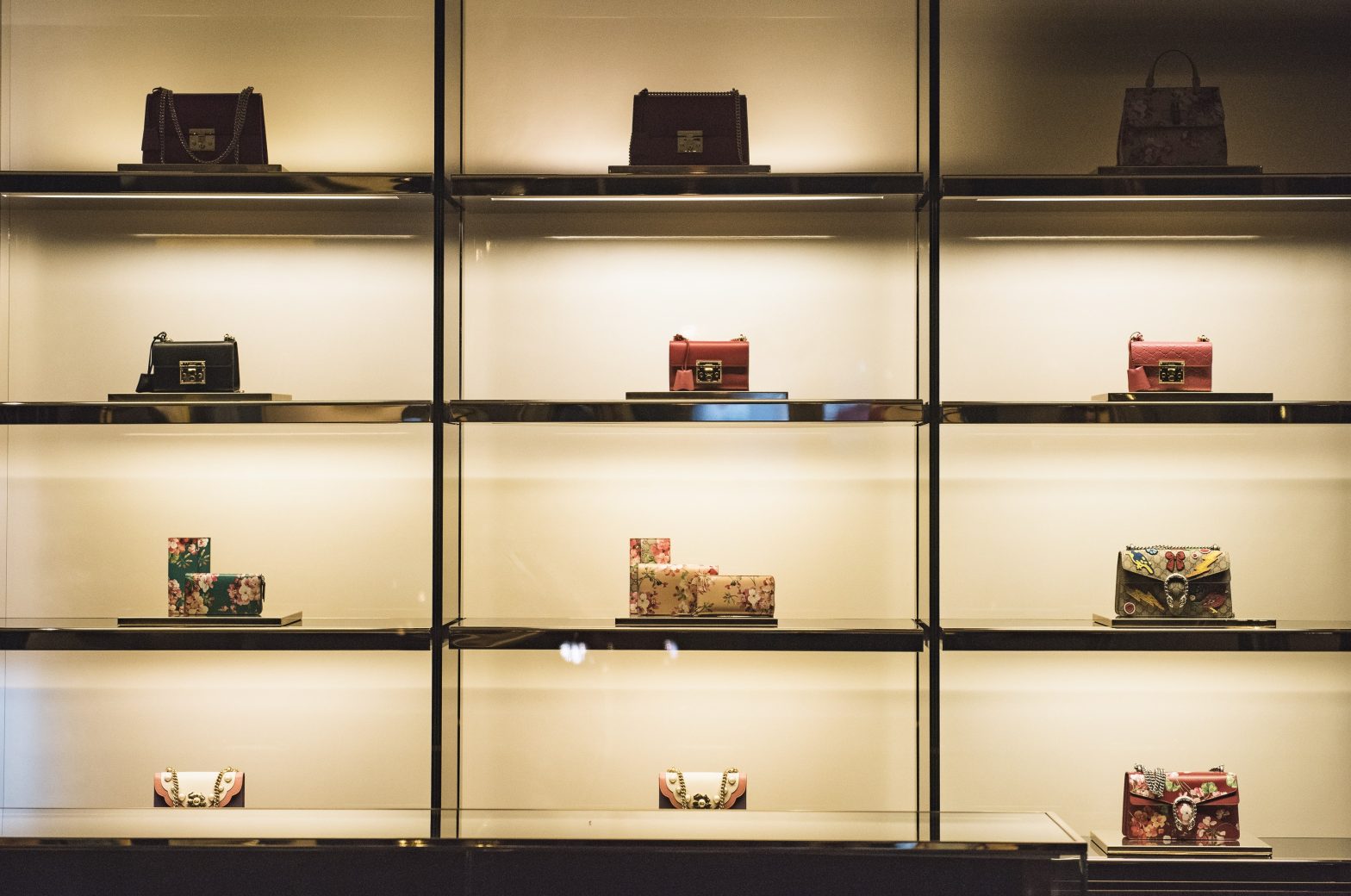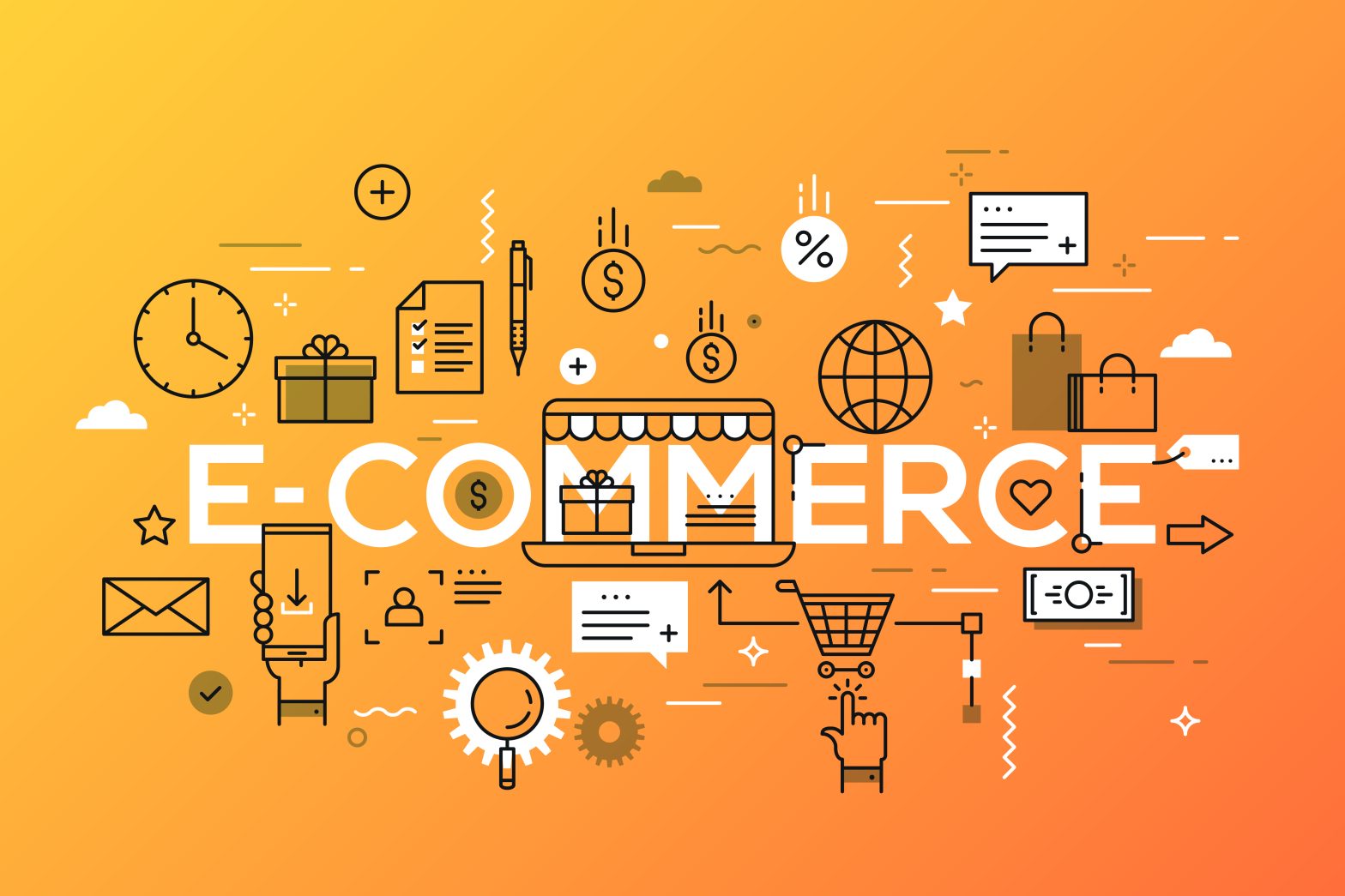E-commerce has revolutionized the way consumers shop and a single umbrella term is no longer sufficient to encompass the extent to which e-commerce has expanded and will continue to expand. This article is the third part to a five-part written series which explores the A-Zs of lucrative e-commerce opportunities.
Category: Insights
Series: The A-Z of E-Commerce (Part 2)
E-commerce has revolutionized the way consumers shop and a single umbrella term is no longer sufficient to encompass the extent to which e-commerce has expanded and will continue to expand. This article is the second part to a five-part written series which explores the A-Zs of lucrative e-commerce opportunities.
Series: The A-Z of E-Commerce (Part 1)
E-commerce has revolutionized the way consumers shop. Over the past 20 years, the shopping experience has become increasingly digitized (BigCommerce), with Asian countries such as China displaying the diversification of e-commerce on a much more significant scale than their Western counterparts. Global crises have accelerated the evolution of commerce and made apparent its endless possibilities. The 2003 SARS epidemic in China was credited for prompting the massive growth in China’s e-commerce industry and propelling Alibaba to become the giant that it is today because of self-isolating citizens’ increased dependence on online platforms. Similarly, the COVID-19 pandemic has seen 77% of consumers change the way they shop, indicative of a shift toward online ordering and delivery (EY). Reminiscent of China, e-commerce is poised to grow globally with limitless opportunities following the COVID-19 pandemic.
China is headed to be the world’s largest luxury market by 2025
No industry was safe from the havoc wreaked by the COVID pandemic – including the personal luxury goods market. The global luxury industry reported a 23% drop in 2020, representing the most significant annual decline in history and the first instance that sales have seen a contraction since 2009. Despite circumstances, Chinese consumers remained insatiable and the luxury sector in China continued its upward trend of at least 20-30% growth annually, to be the only regional market to grow in 2020 at a whopping 45%. While typical shopping hot spots such as Paris, London, Rome, New York, and Los Angeles saw a significant decline in sales due to the absence of affluent, high-spending Chinese tourists, emerging domestic shopping destinations such as Hainan saw a dramatic increase. Unsurprisingly, the luxury market in China is poised for tremendous growth over the next 10 years as China establishes more domestic luxury shopping destinations; consumer willingness to pay high domestic prices due to import taxes persists; and brands continue to leverage an entrant marketing strategy to frame themselves as premium luxury, such as how US outlet brand Coach has succeeded in China as a masstige luxury brand.
Why the Travel Industry Needs to Embrace the Metaverse Now
The future of the travel industry is unpredictable – Star Trek did make us believe we would be able to teleport by now. The introduction of the 3D augmented-reality environment known as the Metaverse may see the future of travel looking even more different than anticipated. How different? With influence extending into almost every sector, this new net environment is one that the travel industry should embrace – especially in navigating the ever-changing circumstances of the pandemic.
Hylink Digital Solutions joins with Ranmai Technology and Joicy Studio to set up a joint venture to build a new digital business ecosystem in the Metaverse
The future has come. The hyper-realistic digital human and the immersive experience it brings have become the creative direction of the Metaverse’s innovative applications.
How Singles Day is a Global Phenomenon Beyond Alibaba and How It’s Coming to America
Brands have continued to overlook premier opportunities to engage with their customers. To date, the global phenomenon known as Singles’ Day remains underleveraged in the Western world. Singles’ Day is a massive shopping festival launched in China by e-commerce giant Alibaba. The event, taking place on November 11 and also referred to as “Double Eleven” or “11/11” was introduced and correspondingly named for bachelors, using the number “1” to denote a single man. Singles’ Day generated approximately $139 billion for Alibaba in 2021 over an 11-day sales period, representing an almost tenfold revenue increase since the 2009 inaugural event, and saw more than 250,000 brands participate. For reference, US retailers generated only $9 billion and $10.84 billion on Black Friday and Cyber Monday, respectively. Singles’ Day revenue has consistently surpassed US Thanksgiving weekend sales since 2015.
Why Brands Should Create A Virtual Influencer
Through the pandemic, virtually every industry around the world has faced a new set of social constraints. These constraints have forced adaptation and innovation to survive in a shifting marketplace. The marketing industry is no exception, with these new constraints driving innovative ideas which allow for greater control in an unpredictable social landscape. Enter, the virtual influencer.
Growth Brands Can Use Hainan To Scale Up In China
The Chinese market is undoubtedly a massive opportunity. With 1.4 billion people and a blossoming middle class, Chinese consumers have long been drivers of global consumption (Conick). They are set to contribute almost two-thirds of global growth in luxury spending, and are emerging from the pandemic uniquely optimistic with an intent to spend on higher quality products (McKinsey).







